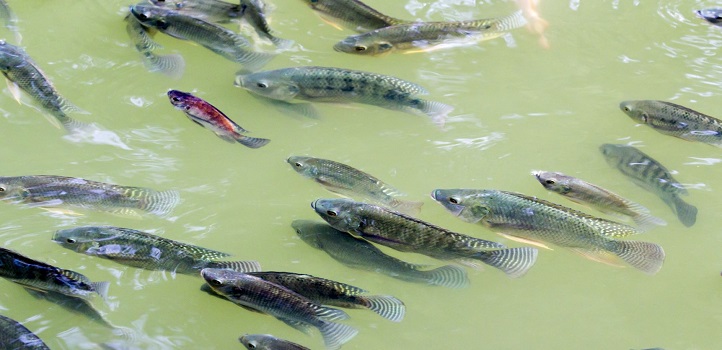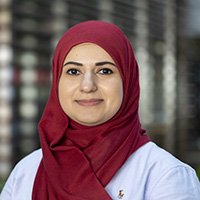Electrical Engineering
Sensor cube helps keep fish farming afloat
A self-powered water quality sensor could help fish farmers to monitor pollution in their ponds remotely.

Solar-powered water quality sensors could help fish farmers protect their aquatic assets and safeguard the future of food.
Aquaculture currently supplies more than half of the world’s seafood, and in the last 10 years, the profits from global fish farming have quadrupled to more than 230 billion USD annually. However, pollution from industrial activities is seeping into commercial ponds and killing off millions of dollars’ worth of fish. Agricultural fertilizers, for example, increase nutrients in the water leading to algal blooms. As the algae decompose, they use up the oxygen supply, causing the fish to suffocate.
By keeping an eye on water quality, fish farmers can act when harmful levels of pollution are detected. However, most commercial sensors only monitor one thing at a time, such as acidity or oxygen levels, on individual devices that the farmer must check manually. The multifunctional alternatives are bulky, expensive and require an expert operator.
Creating electronic devices that do several things at once is challenging, and there is often a tradeoff between quality and quantity of functions. Electrical engineer Muhammad Hussain and his team created a small, self-powered sensor that monitors multiple water quality characteristics and transmits the data via Bluetooth.
The researchers built this multisensory system using a multidimensional integrated circuit (MD-IC). “Integrating different functions onto one computer chip is complex and expensive,” lead author Nazek El-Atab explains. “But we have combined several chips into a cube so that each face serves a different purpose.” The connected chips then act as one device.

Nazek El-Atab with the team’s multisensory system.
© 2020 KAUST
The cube is designed to float with the sensors for pH, temperature, salinity and ammonia levels on the downward facing side. The casing is weighted to ensure that it remains facing down, even when disturbed by fish. “We wanted to create something small and light weight,” says Nazek. “The farmer can simply throw the device into the water, and it rotates itself into the right position”.
The other outer faces include sensors that monitor air pollution, solar cells to charge the battery sealed within the cube, and an antenna for transmitting data via Bluetooth to a mobile phone. “The concept of MD-ICs is unique, as it opens up opportunities for single devices with internet of things applications,” explains Hussain. “And water is always an intriguing medium for electronics,” he adds.

Steps to create a floating multidimensional integrated circuit: a) the MD-IC is encapsulated with a bio-safe polymer, b) with an asymmetric base to enable it to float but stay right-way up and c) with a solar cell on top and water sensors on the bottom.
© 2019 KAUST
Preventing unnecessary fish deaths is a crucial step toward food security. “Saudi Arabia is investing 3.5 billion USD in aquaculture so it can produce 600,000 tons of seafood each year by 2030,” says Nazek. The team hopes their sensors will support this goal but also believes that the little cubes could have a big future beyond the fish farm. “They could be sent down oil pipes to collect data on oil quality,” she adds. The researchers are working on improving the device’s self-cooling technology to stop it from overheating, and the next step will be to test it in the field.

The multisensory system is weighted to keep it facing the correct way when in the water.
© 2020 KAUST
Also important for the research was the assistance of the visiting undergraduate summer interns from Princess Noura University, the largest women’s university in Saudi Arabia. “This exemplifies the commitment of KAUST to collaborate with in-Kingdom universities,” Hussain says.
References
-
El-Atab, N., Almansour, R., Alhazzany, A., Suwaidan, R., Alghamdi, Y., Babatain, W., Shaikh, S.F., Khan, S.M., Qaiser, N. & Hussain, M.M. Heterogeneous cubic multidimensional integrated circuit for water and food security in fish farming ponds. Small 16, 1905399 (2019).| article
You might also like

Bioengineering
Smart patch detects allergies before symptoms strike

Computer Science
Green quantum computing takes to the skies

Electrical Engineering
Micro-LEDs boost random number generation

Bioengineering
Sensing stress to keep plants safe

Computer Science
Sweat-sniffing sensor could make workouts smarter

Electrical Engineering
New tech detects dehydration by touching a screen

Electrical Engineering
A new interface for efficient electronics

Electrical Engineering




